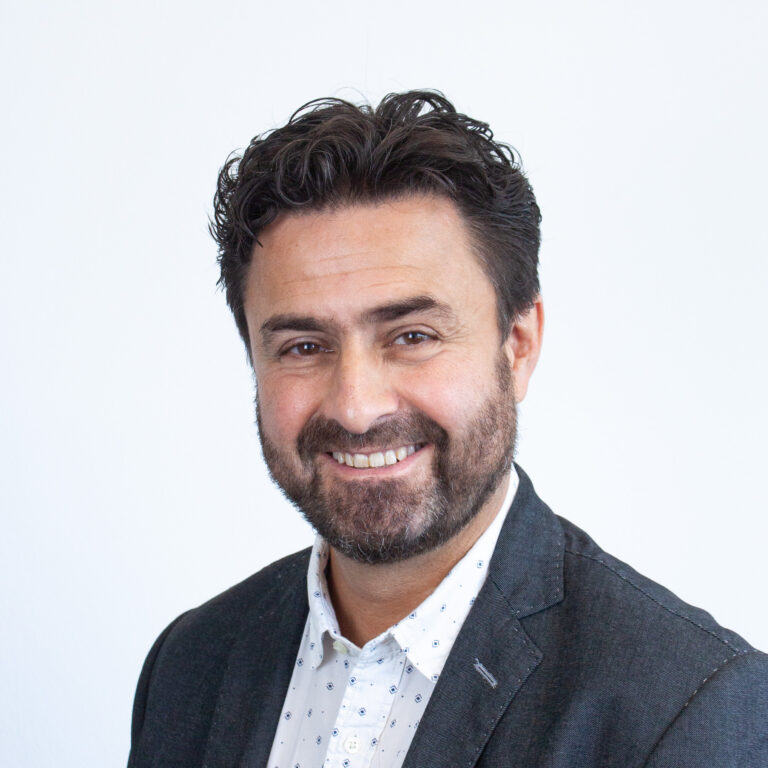Minimal residual disease (MRD)
Organoid models as the key to deciphering therapy-resistant cancer cells
Relapses after
successful cancer treatment
Minimal Residual Disease (MRD) describes the smallest remaining cancer cell populations that can remain in the body even after successful therapy. Despite the absence of clinical symptoms, these cells can be responsible for relapses in the long term, which is why MRD research plays a decisive role in prognosis and therapy adaptation.
To better understand MRD, our research department has established an organotypic 3D cell culture of primary epithelial cells from mice and patient samples in recent years. The establishment of organoid models opens up new possibilities to observe and experimentally manipulate the genesis of MRD under the microscope.
What are organoids?
Organoid cultures offer significant advantages for cancer research as they are both morphologically and functionally similar to natural tissues in the body.
They largely preserve the genetic information of their original tissues, which enables precise investigation of genotype-phenotype correlations. This property makes them particularly valuable for creating individualized models from patient tissues that support personalized approaches in research and therapy development.
Organoids also serve as effective test platforms for the evaluation of new therapies and make it possible to investigate their mechanisms of action. They allow the observation of tumor cell development in a controlled environment, providing deeper insights into the dynamics of cancer growth. In addition, they provide access to tissue types that are difficult to access in the body, such as therapy-resistant cells.
Goals of the Tumor Biology & Research Lab department research
Organoid cultures allow us to monitor the behavior of a tumor during defined stages of progression and provides us with a tool to test new hypotheses in a relevant and easily accessible culture setting. We utilize genomic methods, metabolite analysis, histopathological analysis as well as live cell imaging to investigate the organotypic 3D cell culture systems to:
- Disrupt mechanisms important for the survival of remaining “dormant” cells.
- Identify the molecular characteristics that allow surviving residual cells to progress to recurrence.


MRD has a specific tumor-like condition
We call the conserved tumor properties of MRD “oncogenic memory” or “metabolic memory” and they offer overlapping, clinically applicable, metabolic targets that should not affect normal tissue. We were also able to detect these potential clinical targets (e.g. abnormal glycolysis) in patient samples (after neoadjuvant therapy) and confirm them functionally in initial experiments on organoid systems.
Further information in Havas et al., JCI 2017 und Radic et al., MSB 2021
Contact
For further information or
if you have any questions, please contact

Martin Jechlinger
Senior Scientist
Mail Martin.Jechlinger@molit.eu
Phone 07131 / 13345-71